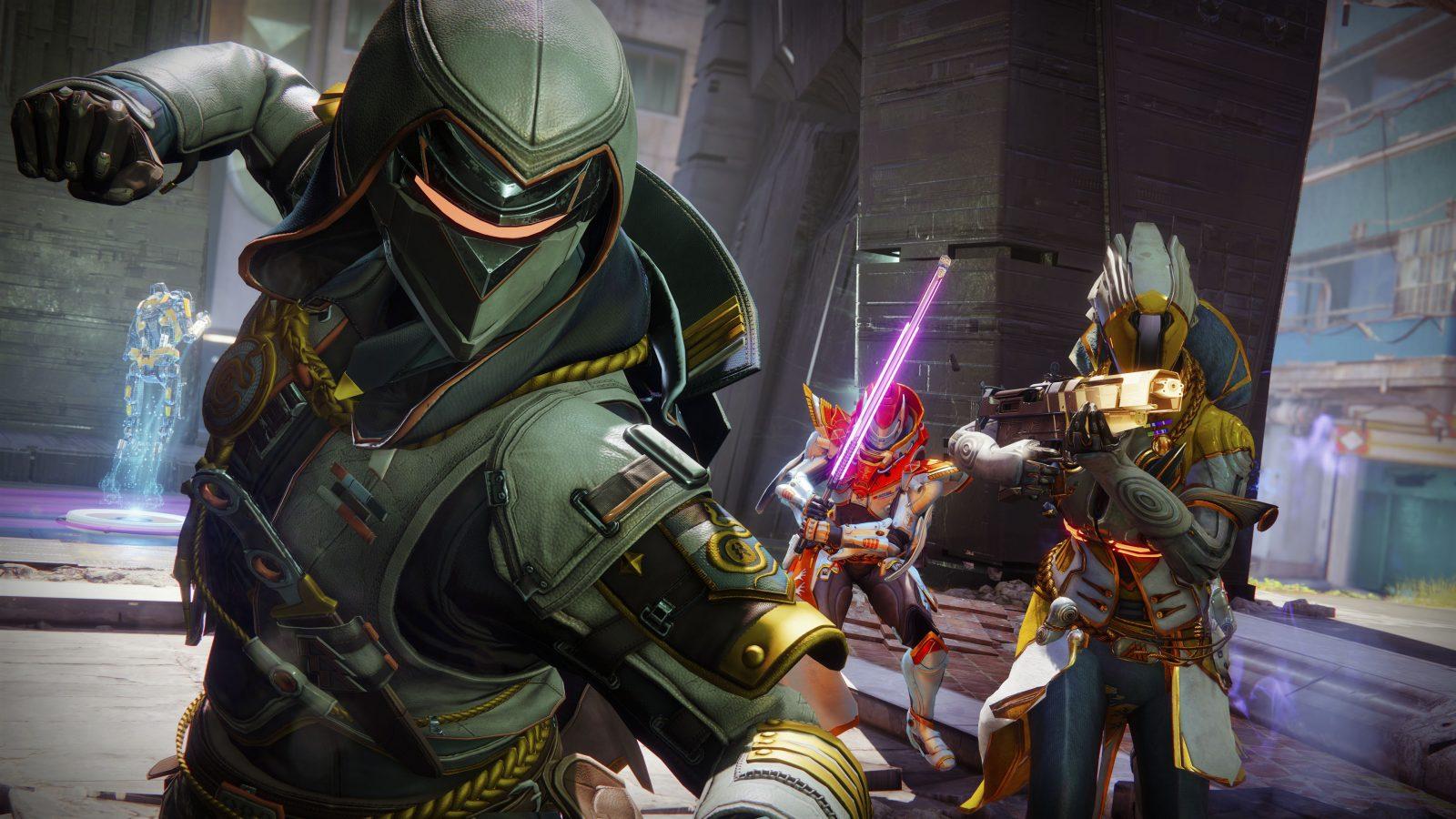Adam Fitch: Can esports really rely on media rights?
 ESL/Helena Kristiansson
ESL/Helena KristianssonIf you ask any industry figure what they consider to be the saviour of esports’ over-reliance on sponsorship revenues, there’s a high probability they’d tell you media rights will do the job. Often based on the effectiveness of broadcasting in sports, and their willingness to see esports akin to sports rather than media, they believe a steep incline in such deals will take this sector to new heights.
I do believe they will play a bigger part than they have done in the past, the growth in the number of deals announced is self-evident (though financial information is, of course, much harder to come by), but I’m yet to be convinced that this emergence will be as fruitful as it is in, say, football.
Let’s delve a little into football by inspecting the cream of the crop: the English Premier League. The wealthiest football league in the world has a business model that is built around broadcasting rights, effectively licensing the matches to platforms and broadcasters that want a piece of the action.
The clubs on their rights but give the mandate to the league to centrally license them out to the likes of Sky Sports and BT. 50% of the revenue generated from domestic deals is shared equally among the clubs, 25% is allocated based on season-ending placements, and the other 25% depends on how often games are shown on television. This differs a little internationally, but the point is that the highly sought-after competition’s most lucrative revenue stream is media rights. Impressively, the 1992-1997 cycle generated £191 million, whereas the 2016-2019 cycle rose to £5.1 billion.
Some sports are less reliant on the highest bidders driving up the value of such rights — and you can’t discount the importance of ticket sales, merchandise sales, transfers, and sponsorships either way — but it’s undeniable that they lay a big part in the sustainability and profitability of most sports. This is indeed different in our beloved esports industry.
Media rights in esports
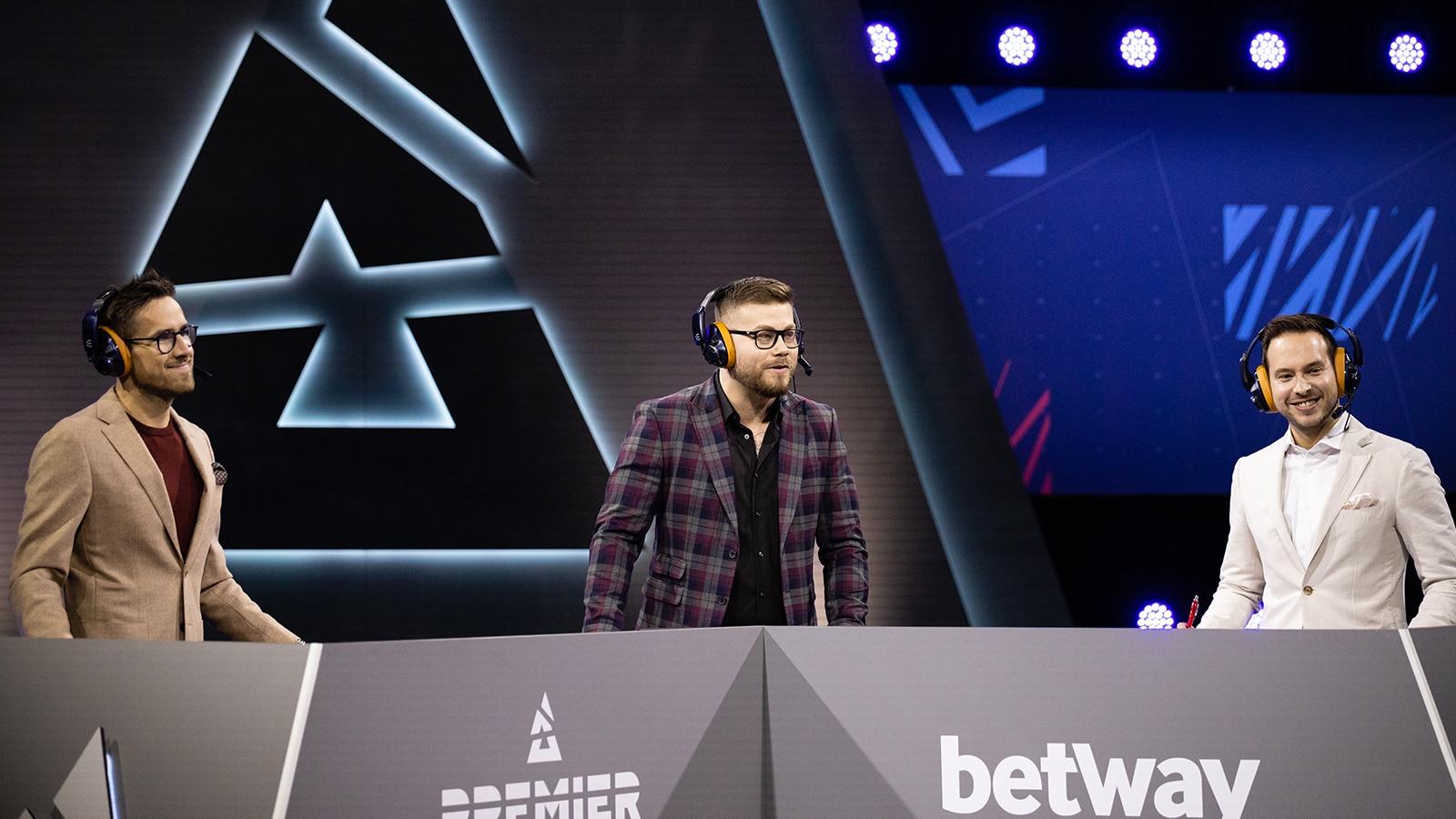 BLAST
BLASTWhereas some sports are perhaps too reliant on the continued growth of media rights deals, esports is incredibly reliant on sponsorships. We’ve seen teams go under almost exclusively because they couldn’t secure enough brand deals to keep them afloat with their other revenue streams proving lacklustre.
Many people who work in the industry, and those spectating from afar, can be found on LinkedIn and in Clubhouse sessions espousing that media rights will be esports’ saving grace, but is that so? It’s difficult to know just how much of a factor they’re playing in the industry currently because of how quiet tournament operators are when it comes to the financial implications of such deals.
It’s apparent that the amount of broadcast rights purchases are increasing if you go by the number of press releases published by the likes of BLAST, ESL, and Riot Games, but patent industry smoke and mirrors are at play. We have to operate with shoddy estimates just to get an idea of the state of play.
According to Newzoo, media rights deals will rise from $100m in 2020 to $400m in 2021. Also this year, it’s estimated that $833.6m in industry revenues will be generated from these deals as well as sponsorships — that’s apparently over 75% of the total income. Based on the sparse financial information we have on some recent broadcasting details this seems off, but there’s more at play here.
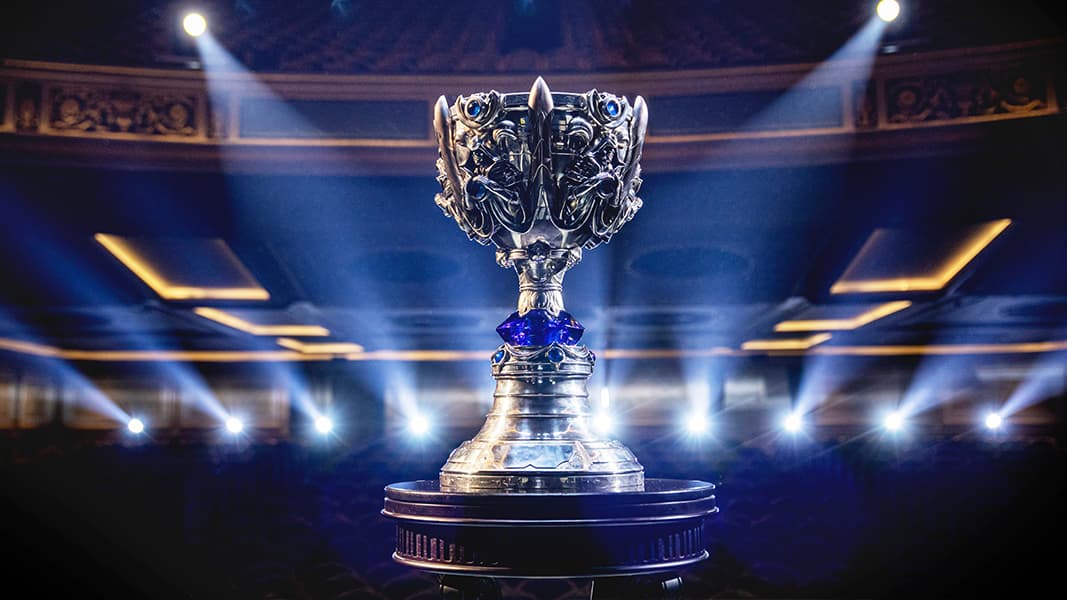 lolesports, Twitter
lolesports, TwitterIt’s become pretty evident to me that we only receive monetary information when it comes to deals that are giant in proportion, such as the recent $310m deal between HUYA and Riot Games or last year’s $113m agreement between Bilibili and the same developer. I won’t spend a lot of time on this but it’s worth noting that Tencent wholly own Riot Games and also have majority ownership in HUYA, a Chinese live streaming platform. For all intents and purposes, this sale was Tencent dealing with Tencent but it certainly makes Riot Games’ esports efforts look fruitful and successful, doesn’t it?
Let’s take a quick look at another one of the rare examples of financial terms being made public for a deal of this nature. It was again seen as a landmark deal, this time between Activision Blizzard’s then-new Overwatch League and Amazon’s Twitch, spanning over two years and being valued at at least $90m.
Then, just in 2020, they switched allegiance to Google’s YouTube in a reported $160m three-year deal — this included not only that competition but also, Call of Duty League, Hearthstone esports, and (possibly the most valuable aspect of the deal) the use of Google’s cloud hosting infrastructure. If I was a betting man, I’d put money on Overwatch League’s value decreasing quite sizeable over the span of just two years.
Despite the impressive nature of these figures, it appears to be companies with conflicting interests moving money around and an actual decrease in value for one of esports’ most high-risk bets to date.
Linear vs. digital
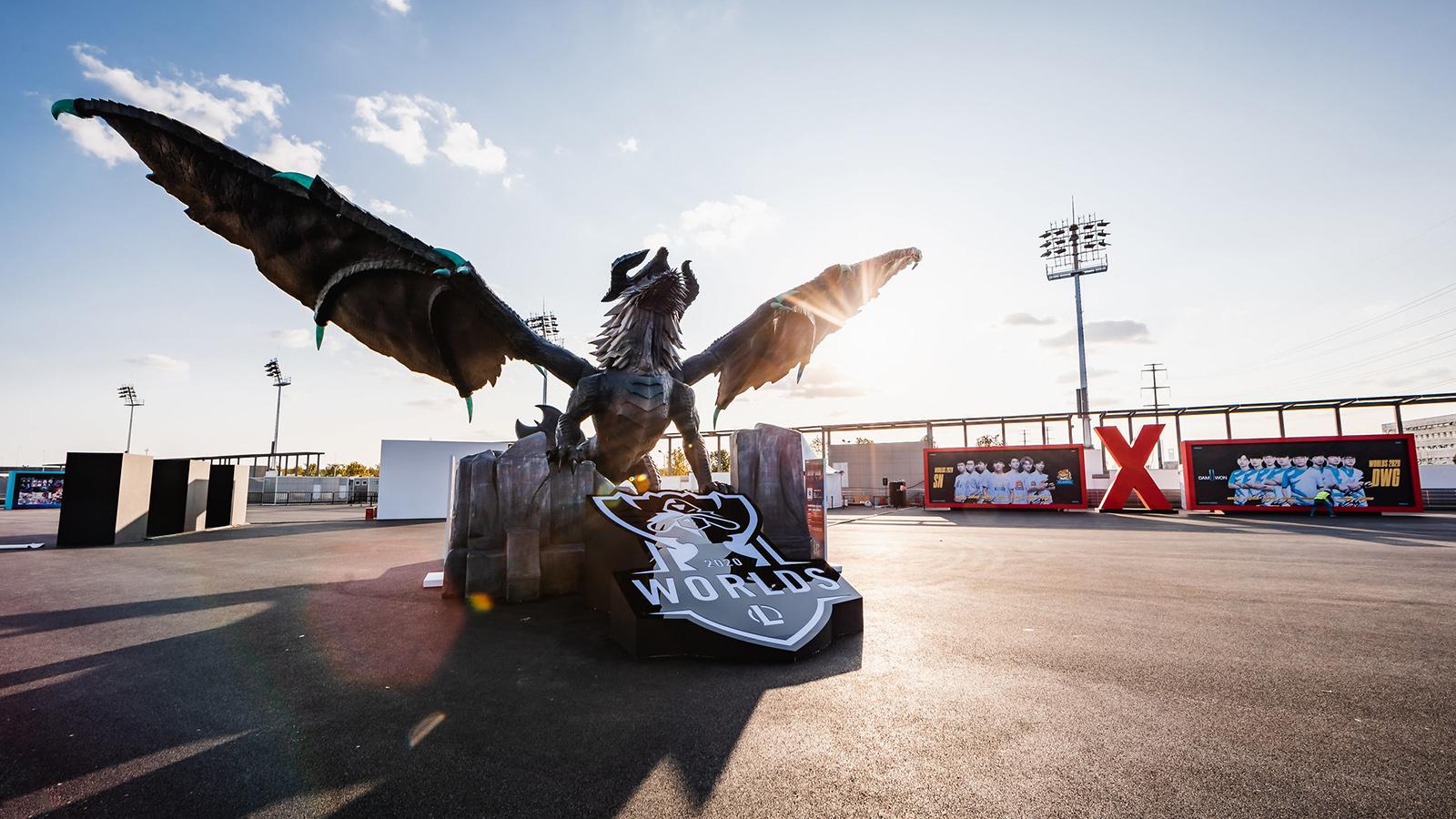 Yicun Liu/Riot Games
Yicun Liu/Riot GamesAn important factor in broadcast rights deals in sports is television. The Premier League is yet to crack Twitch, for example, in the ways dozens of esports titles have. It’s legacy broadcasters such as the aforementioned Sky Sports and BT that are driving the value of said rights.
Esports is, of course, gaming — a pastime among many young folk. The ever-growing prominence of social media and internet-only applications such as Twitch and YouTube are much more appealing to young people, with almost every report on the matter claiming that they’re spending less time in front of the television in favor of mobile phones and monitors. Legacy broadcasters could turn to esports in an attempt to convert fans of competitive gaming, but I’m not clear on what the benefit would be of switching.
So, operating under the presumption that television rights will often not be as big a factor in esports as they are in sports, we turn to the internet. At least in the West, accessibility is pretty damn good; it’s easy to go on YouTube or Twitch and find something that suits your tastes. Regional broadcasting is indeed a major factor, though, as it’s generally going to be more favorable to watch a video or stream in your native language.
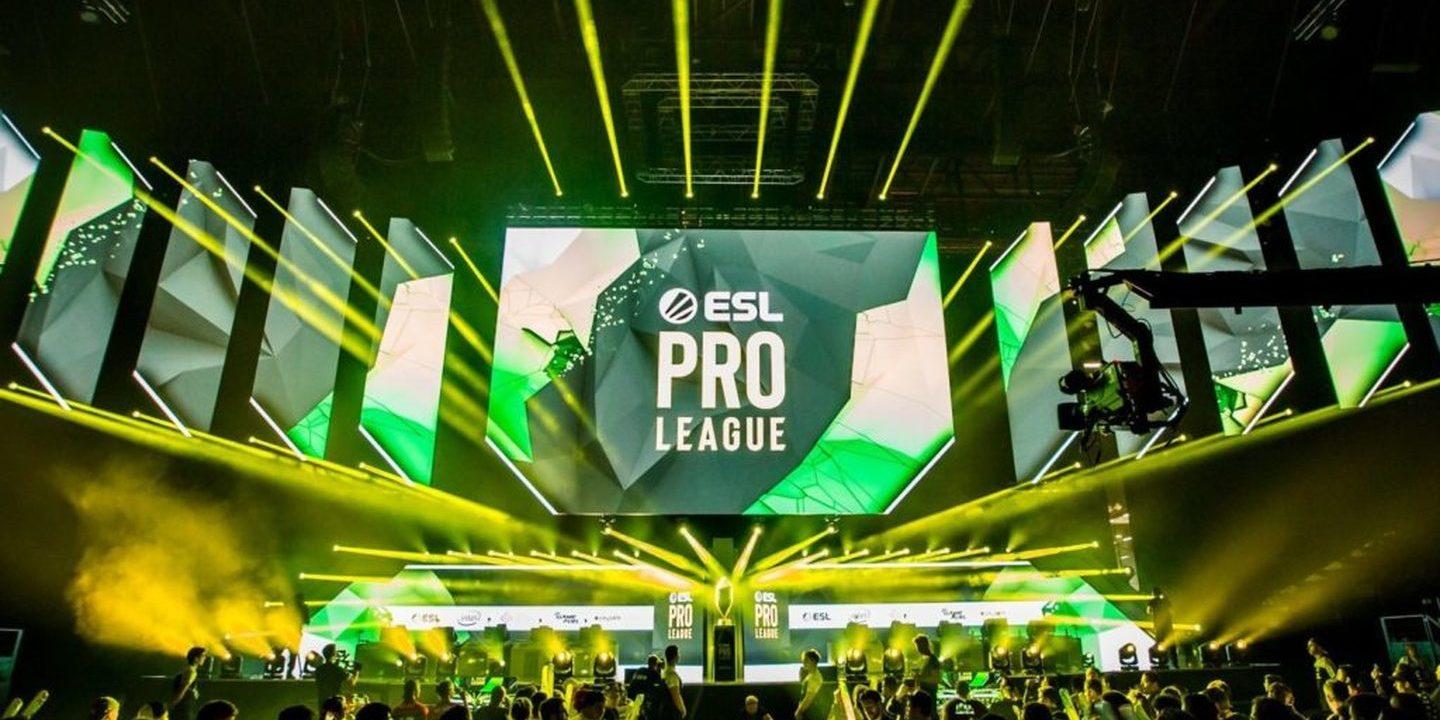 ESL
ESLThis, in my mind, suggests that regional media rights deals could be lucrative in esports. The deals being made suggest that also. Can regional broadcasting be as lucrative in esports, proportionally speaking, as television broadcasting is in sports such as football? That’s where I believe a lot of the nuance lies when it comes to the revenue-generating capabilities of this revenue stream in the industry.
Esports is fragmented beyond belief, comprising dozens of fiercely independent and unique titles each with their own infrastructure and ecosystems, so centralizing rights is often going to be a tall task. The jury is out on whether sponsorships will remain the largest provider of income for leagues and teams alike or if media rights can emerge as the frontrunner, but either way they’ll take a different shape than what sports enthusiasts are accustom to.
